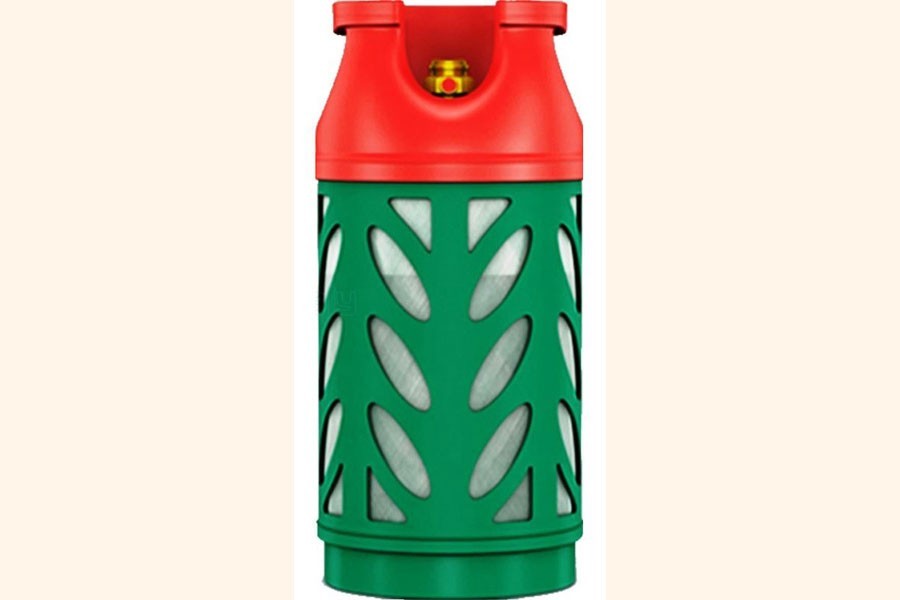The country's energy regulator has suggested a subsidy of 25 per cent on the import price of LPG, or liquefied petroleum gas, for the operators to keep the cost of the cooking fuel within the reach of commoners.
Bangladesh Energy Regulatory Commission, or BERC, also recommended fixing a unified local LPG price, which it said should be set through public hearing as followed in cases of retail natural gas and electricity prices.
The Commission said a portion of the LPG price should be variable in line with the changes in the international market and the costs of gas after its entry to the country.
It will ensure a unified LPG price at the retail level and reduce sufferings of the commoners, the commission said.
A committee headed by BERC member Md Maqbul-E-Elahi Chowdhury prepared a report after consultations with stakeholders, including investors.
Currently state-run Bangladesh Petroleum Corporation, or BPC, fixes and announces the retail level LPG price for their products occasionally, while the private sector determines the price without any prior announcement.
The BPC reduced its retail level LPG price by around 14 per cent to Tk 600 per 12.5 kg cylinder in July this year from Tk 700 previously.
But consumers rarely get BPC's LPG at the government-fixed price.
The private sector, however, is currently selling each 12 kg cylinder LPG within the range from Tk 950 and Tk 1,000 at the retail level.
To bring down the price of LPG, the BERC has recommended import of it through bulk cargoes having the capacity of around 20,000 tonnes instead of small cargoes.
Inflated transportation cost is the main barrier to bringing down the LPG price in the local market, the BERC report noted.
Private businesses import LPG through small cargoes having the capacity of around 2,500-5,000 tonnes.
The price of LPG in West Bengal of India is cheaper by around US$60 per tonne compared to Bangladesh only due to the costs difference in transportation.
India imports LPG through bulk carriers, but Bangladesh imports the fuel using mostly smaller vessels.
The BERC also suggested that the operator should have the responsibility to reach end-users the LPG cylinders to check its pilferage and use of substandard cylinders by the middlemen or brokers, thus putting a brake on accidents.
A study has revealed that as many as 200 people have died due to LPG cylinder-related accidents over the past several years.
Joint secretary of the Energy and Mineral Resources Division Dr Mohammad Sher Ali said the ministry got the BERC report last week and would decide on it after required scrutiny.
The LPG consumption in Bangladesh has already reached around 1.5 million tonnes per year, which was around 1.0 million tonnes two years ago.
Bangladesh consumed around 650,000 tonnes of LPG in 2017, which was around 400,000 tonnes during 2016, and 250,000 tonnes during 2015.
LPG consumption has been growing rapidly since 2016 in households, commercial units and the use of LPG as an auto fuel in vehicles mainly due to favourable government policy, duty waiver of imported LPG and related machinery.
The government strategy for popularising LPG use instead of piped natural gas to cope with the fast-depleting local natural gas reserves has prompted local and international firms to invest in the LPG sector heavily.
The government's continued drive against illegal piped gas connections, especially in households and commercial units is also giving a rise to the LPG use in Bangladesh.
Currently, more than a dozen LPG firms are operational in the country, double the number four years ago.
More than five dozen firms have so far got licences to run LPG business in Bangladesh.


